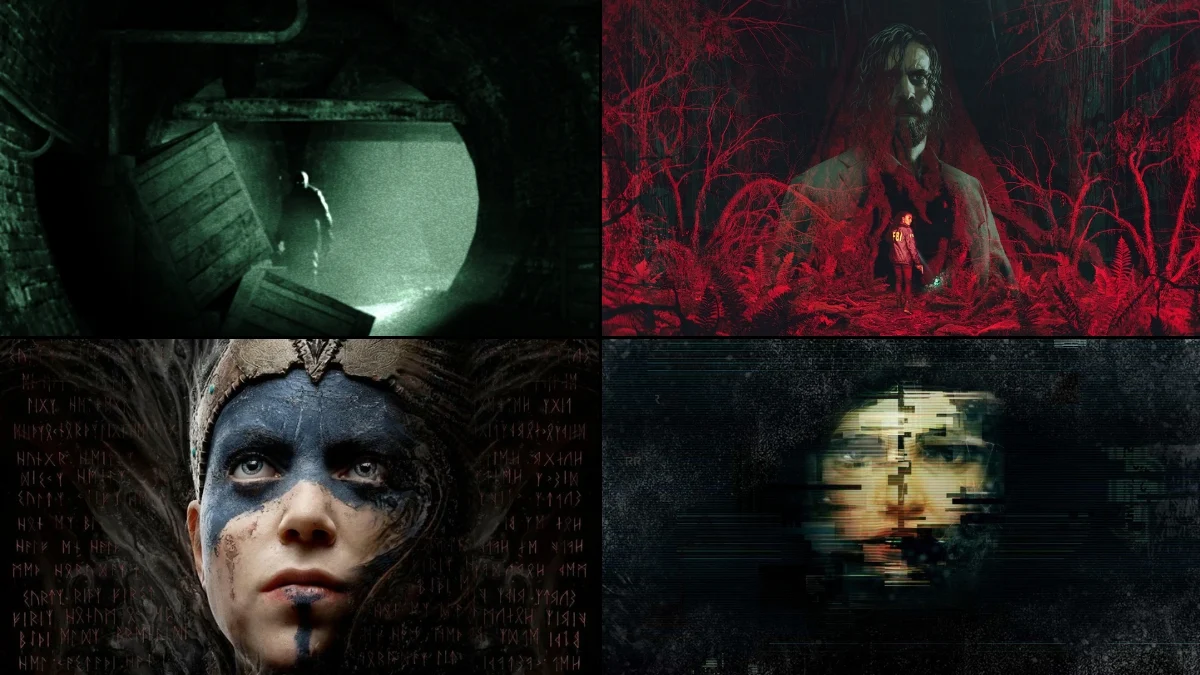
Truly terrifying horror doesn’t rely on jump scares—it builds tension through everyday sounds, like the hum of a vent, a hallway’s creaks, or a radio you can’t turn off. These games cleverly use sound to create fear, employing directional audio, evolving music, and intelligent AI to keep players on edge. They use techniques like realistic binaural recording and gameplay mechanics based on noise levels, making sound just as important as graphics. Here are twenty games where listening is key to survival.
‘Silent Hill 2’ (2001)
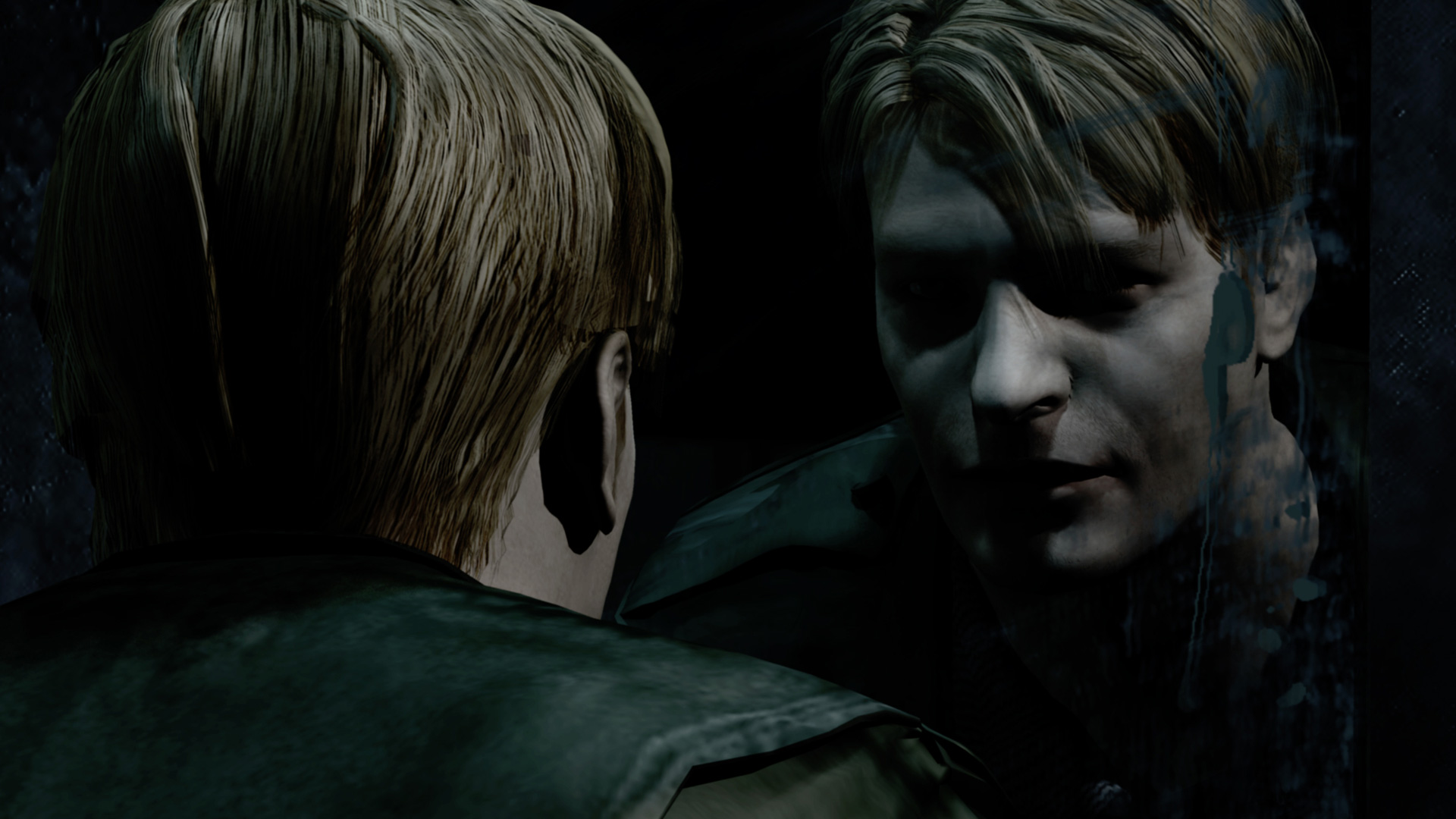
Akira Yamaoka’s sound design in Silent Hill uses unsettling noises – like industrial sounds and radio static – to warn players when danger is near, effectively turning these sounds into a way to navigate. The way footsteps and other environmental sounds change depending on the size of a room helps players understand the space and potential threats without needing on-screen instructions. The music subtly lowers in volume to highlight important sounds while exploring, then becomes more intense during encounters to create a sense of urgency. The creators, Team Silent and Konami, designed the entire soundscape to reflect the main character’s deteriorating mental state, using distorted and warped sounds to emphasize his unraveling.
‘Amnesia: The Dark Descent’ (2010)

Okay, so this game is seriously different when it comes to combat. Forget seeing enemies – you listen for them. Things like creaking doors, distant groans, or even just water splashing tell you where the danger is, and you need to stay hidden to survive. It messes with your head too! The game actually changes how you hear things – your breathing gets heavier, your heartbeat races, and you might even start hearing ringing in your ears – to let you know enemies are close and if you’re losing your mind. Plus, the sound design is amazing. Sounds get muffled when they go through walls or around corners, so listening at doors is a really smart way to figure out what’s on the other side. The developers, Frictional Games, really built the whole game around sound and stealth, instead of just throwing jump scares at you.
‘Dead Space’ (2008)
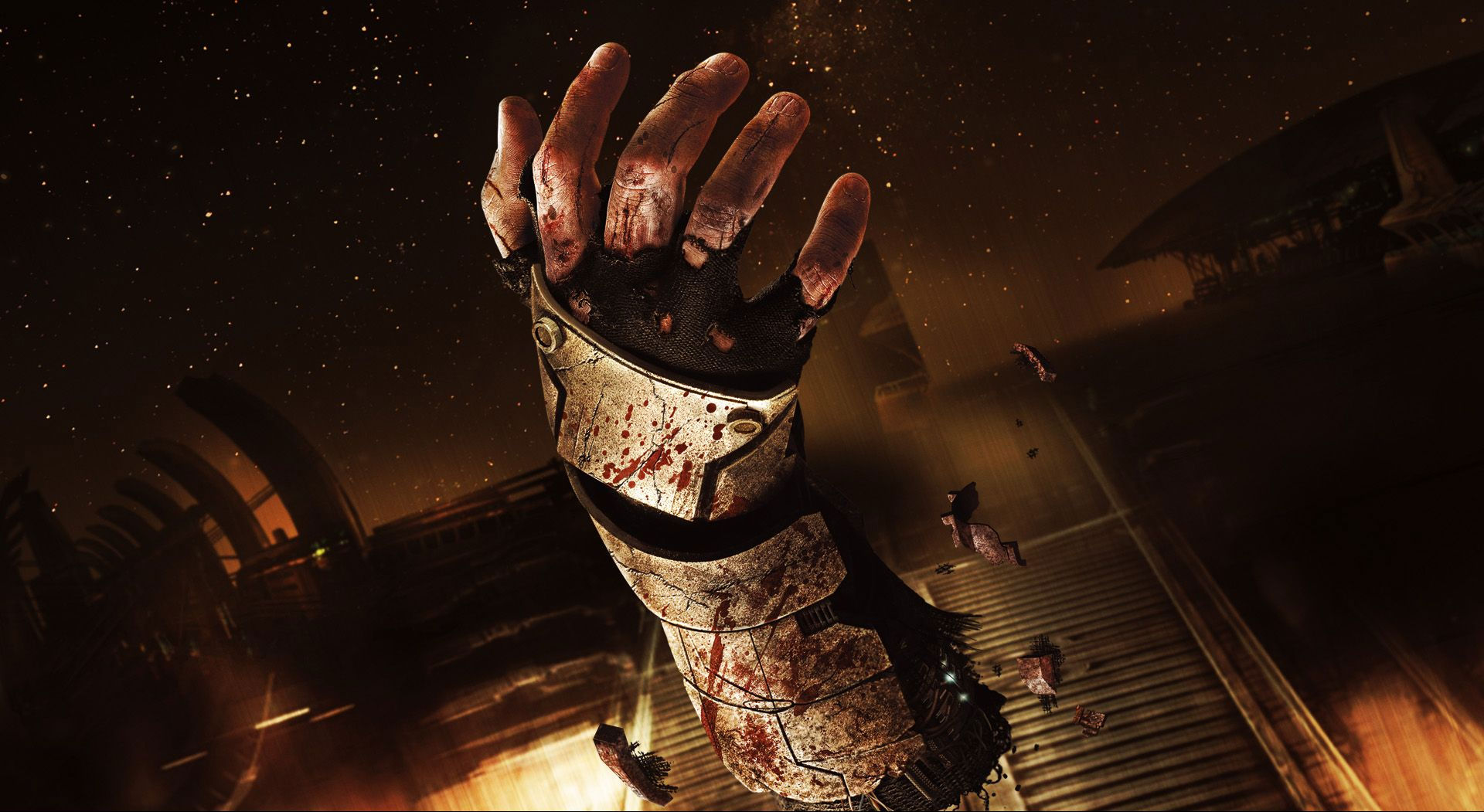
The A.L.I.V.E. audio system in the game dynamically changes sounds like Isaac’s breathing and heartbeat to reflect his health and how hard he’s working, providing immediate feedback on his condition. Enemy noises are designed so players can pinpoint their location, even if they’re hidden in vents. The game also uses sound to warn players about environmental dangers, switching between the silence of space and the echoing sounds inside the ship. The developers, EA Redwood Shores (later Visceral Games) and Electronic Arts, carefully combined these audio cues so players could sense danger as much through what they hear as through the on-screen display.
‘Alien: Isolation’ (2014)
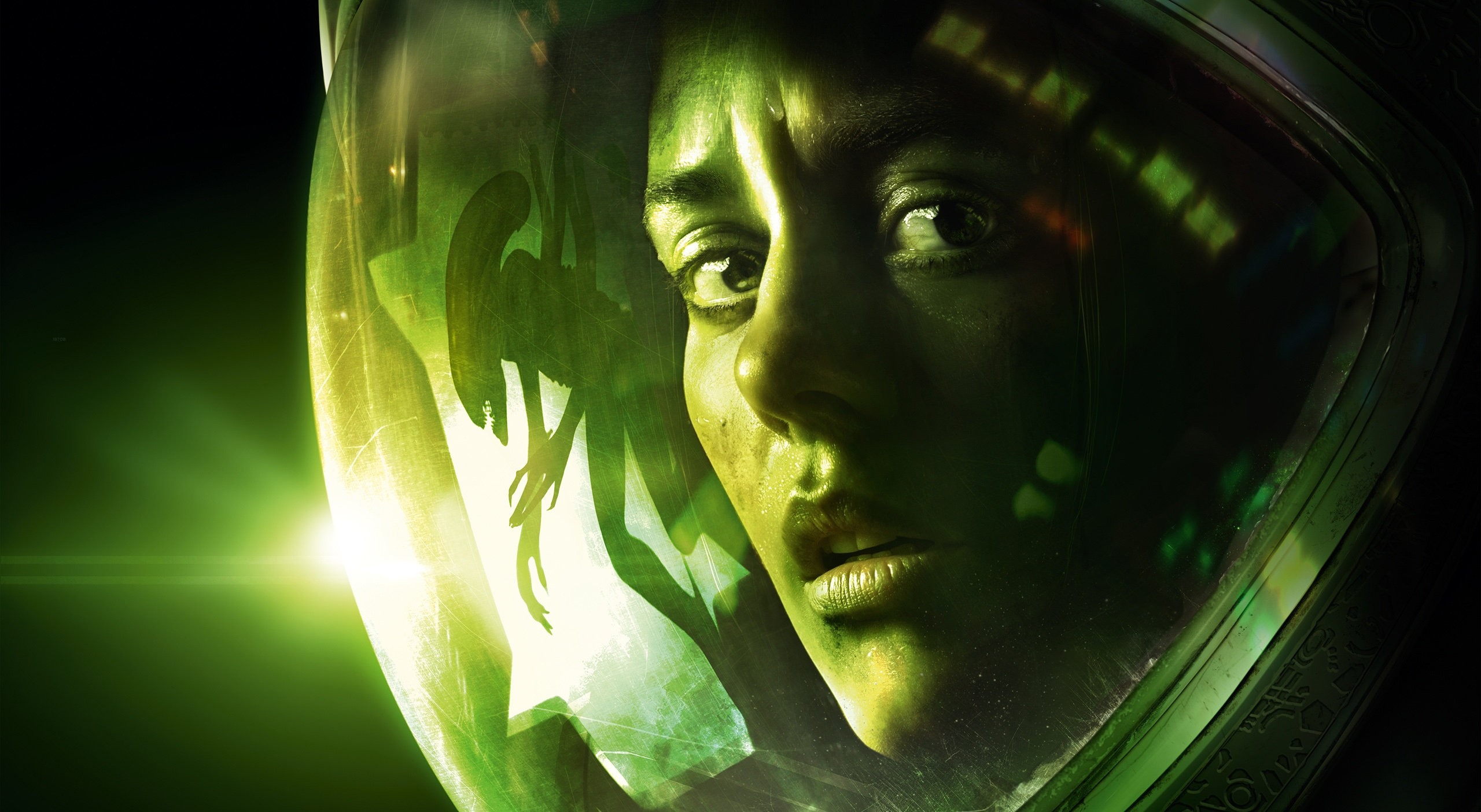
Okay, so playing this game, I quickly learned the alien is super sensitive to sound. Any little noise – even just running or opening a vent – can attract it, so staying quiet is key to surviving. The motion tracker is really helpful, but it’s not just a simple beep. The sound changes depending on how far away the alien is and if it has a clear line of sight to me, which forces you to check it constantly. The music isn’t just random either; it swells and changes based on what the alien is doing, so you start to learn what the music is telling you about its location. Honestly, the developers, Creative Assembly and Sega, really focused on making the little sounds – like footsteps, vents opening, and lockers – super important. Those sounds really guide you when you’re trying to sneak around and stay hidden.
‘Outlast’ (2013)
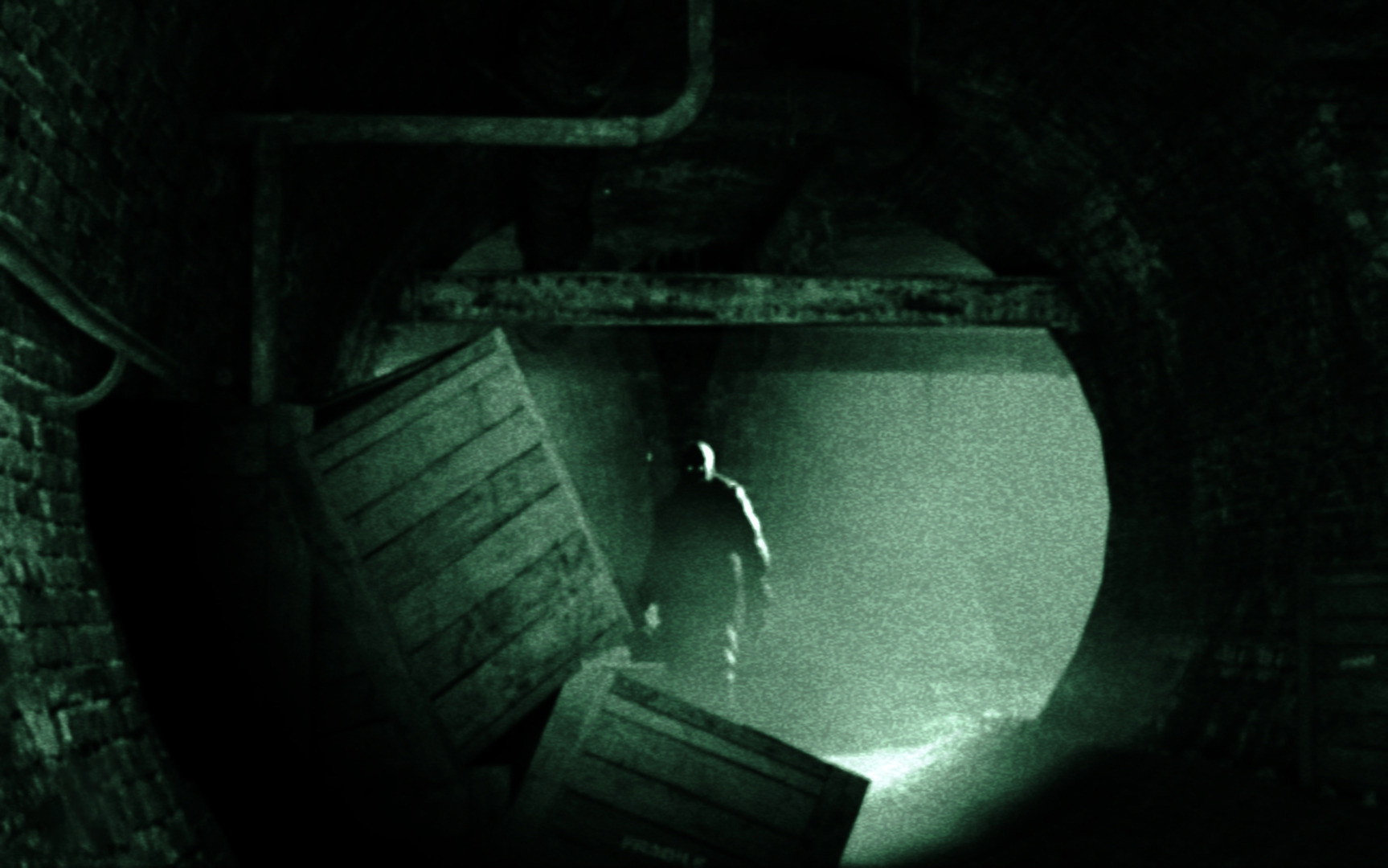
When the camcorder’s night vision is on, its built-in microphone picks up quiet sounds like breathing, distant chains, and footsteps. However, using the microphone drains the battery quickly, creating a sense of urgency. Enemies reveal their patrol routes through sounds like talking and metal scraping, letting you plan your path without needing a map. The game, created and released by Red Barrels, uses sound design that makes nearby noises clearer and blocked sounds more muffled to help you navigate.
‘Resident Evil 7: Biohazard’ (2017)
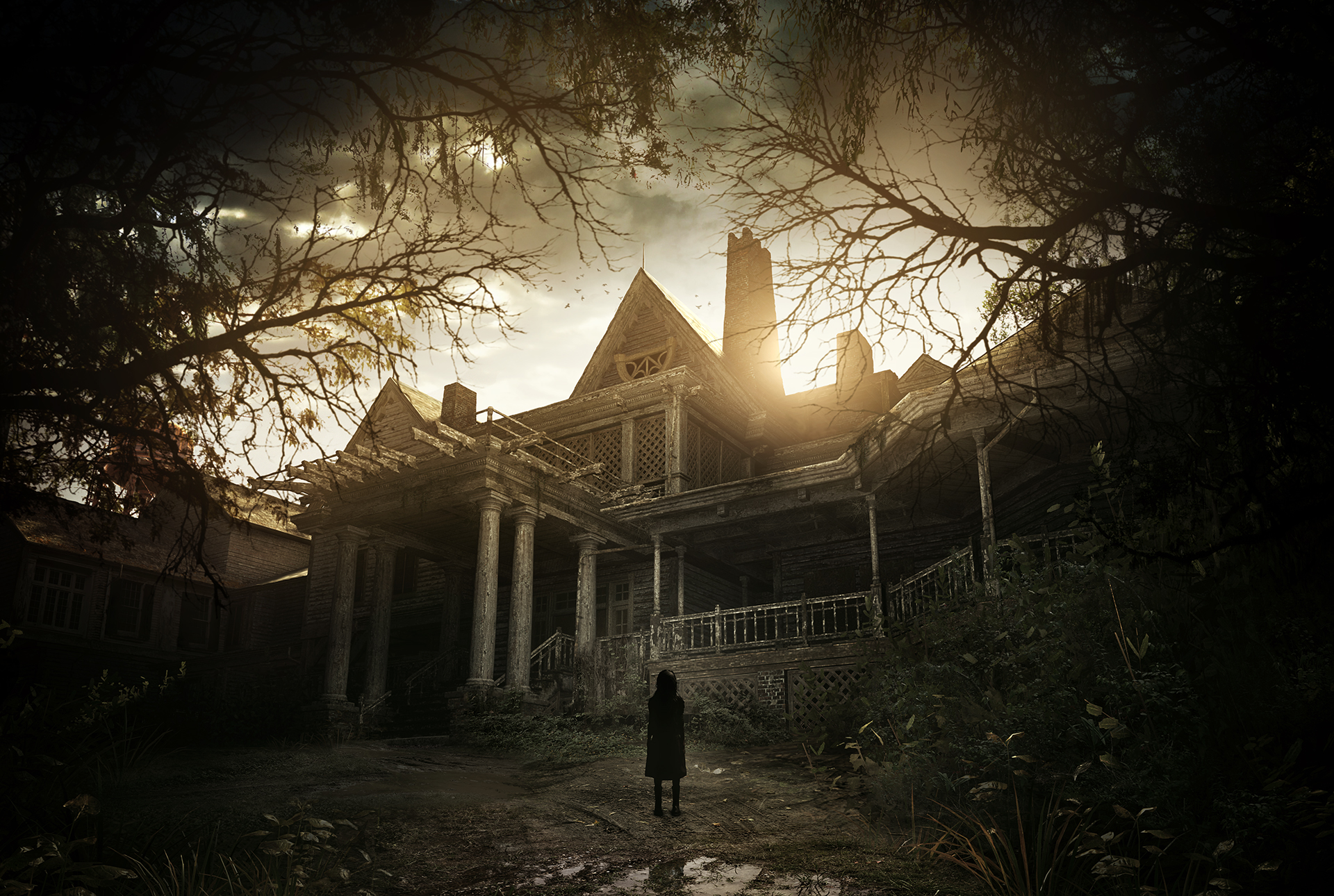
The sounds within the house – creaking floors, clanging pipes, and rattling doors – reveal where enemies are moving and hidden areas. Each member of the Baker family has a unique sound profile, helping players know who is close by and change their strategy. The game’s audio system uses realistic reverb and deep rumbling sounds to emphasize when the house is being damaged during intense moments. Capcom designed the sound, including voices, everyday noises, and background ambience, to make stealth gameplay more effective.
‘P.T.’ (2014)

The game uses repeating hallways and familiar sounds—like radio chatter, faint cries, and knocks—that change subtly to show when something new is happening. Because the hallways all look similar, small changes in echoes and background noises hint at what’s coming next. The controller even vibrates along with certain sounds, helping players time their actions. This teaser, created by Kojima Productions while working with Konami, focuses on players recognizing these sounds to move forward, instead of relying on on-screen instructions.
‘Fatal Frame II: Crimson Butterfly’ (2003)
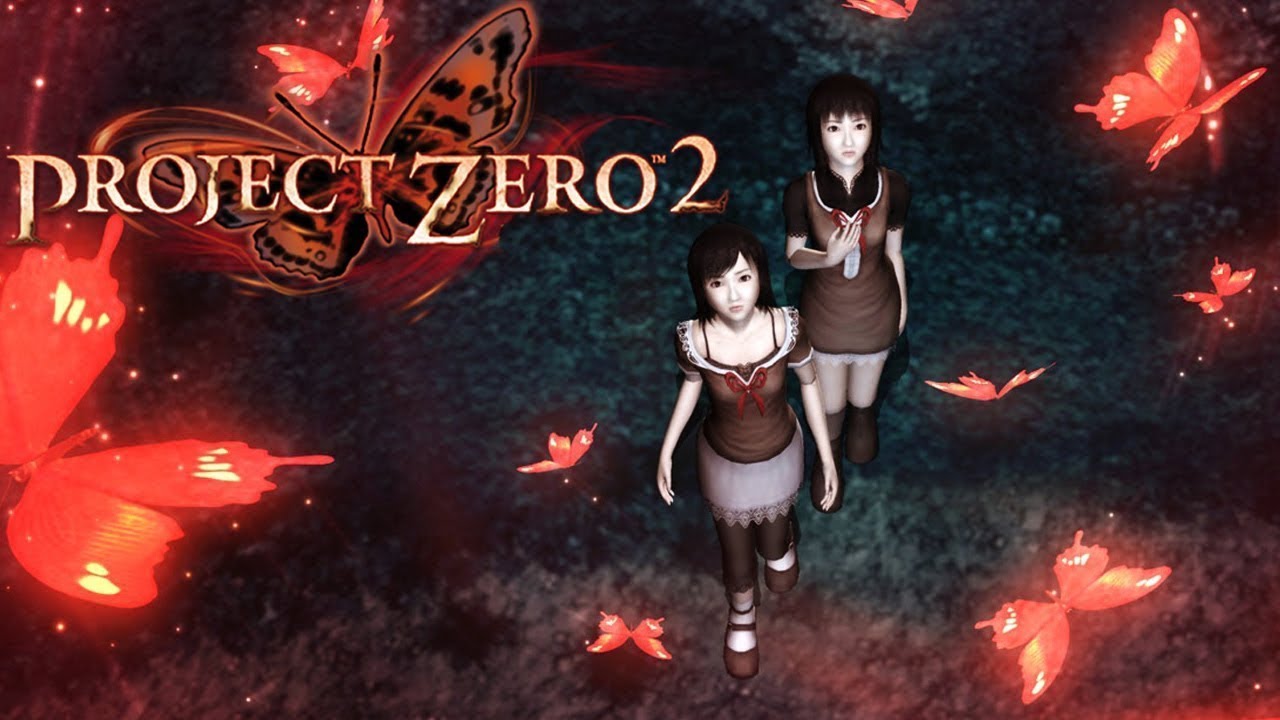
When you’re near ghosts in the Camera Obscura, a humming sound gets louder, and whining noises signal when you’re in the right position to capture them. Quiet outdoor areas make footsteps very clear, so players are encouraged to move slowly and listen for clues about their surroundings. Ghostly voices are adjusted and filtered to guide players toward secret encounters. Tecmo both created and released the game, and they designed the combat to rely heavily on audio cues.
‘Layers of Fear’ (2016)
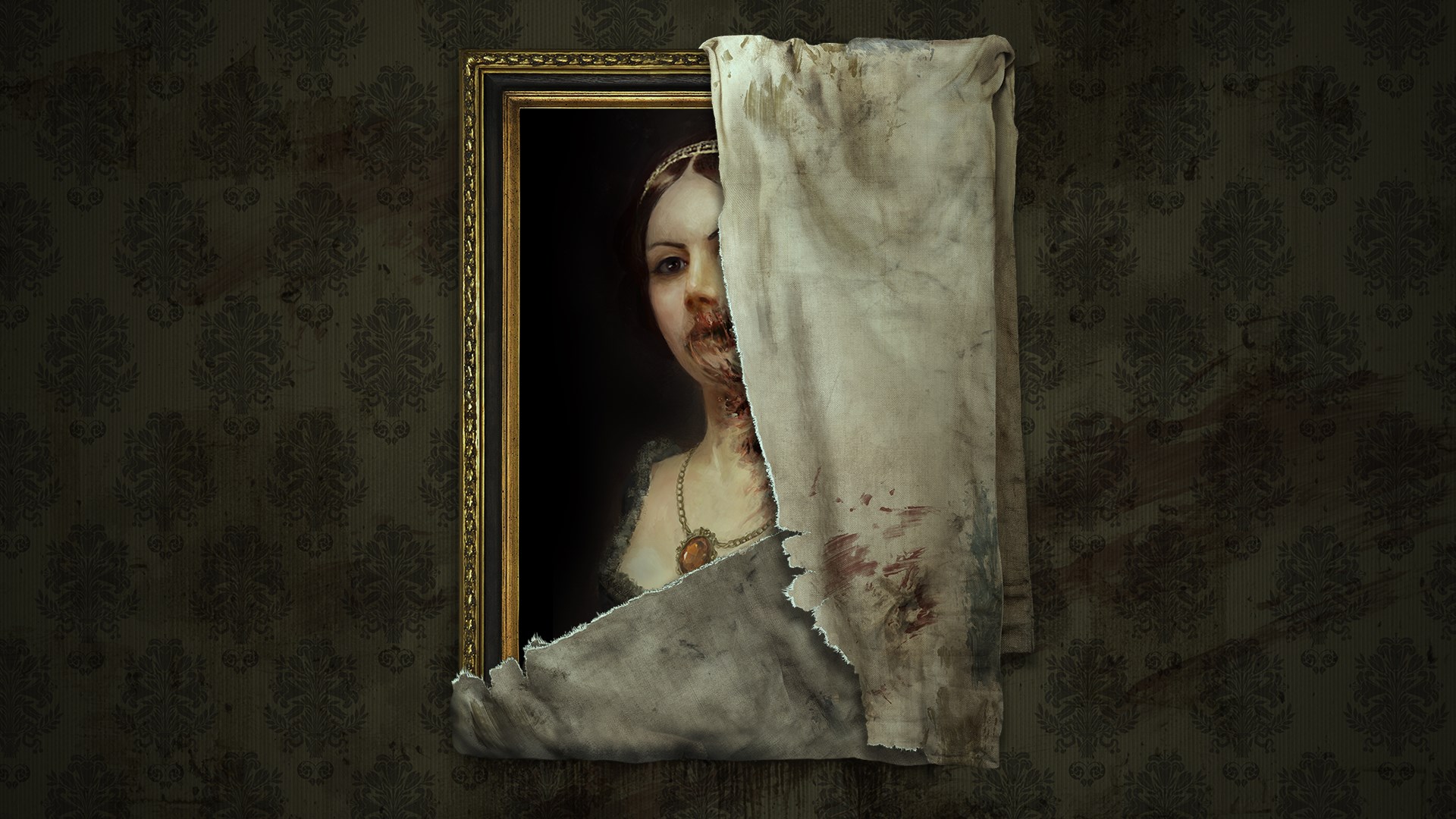
The game’s environment changes in stages, starting with unsettling sounds – scraping, shifting, and distorted whispers – before the visuals actually transform. These sounds, like creaks and knocks, subtly guide players to discover new routes. The music’s pace also matches the player’s movement, carefully revealing each new area. Bloober Team designed this system to use sound as a warning for what’s about to change visually.
‘Soma’ (2015)

The game creates a sense of being underwater with muffled sounds and deep, rumbling tones, also hinting at the strain on the structure. Enemies react to any noise you make, so you’ll need to carefully control equipment and close doors to avoid detection. Helpful hints and directions are delivered through in-game announcements and recordings, using sound to guide you. Developed and published by Frictional Games, the game cleverly integrates stealth mechanics with the environment, using things like machinery and alarms to create challenges.
‘Hellblade: Senua’s Sacrifice’ (2017)

The game uses special audio technology to make sounds, like voices, seem like they’re coming from specific directions around the player, which is especially helpful during fights. Characters can give warnings without appearing on the screen, acting as a natural part of the game’s interface. The music and background sounds also change depending on how you’re solving puzzles, giving you clues by ear. The developers, Ninja Theory, strongly recommend using headphones to fully experience the game’s immersive sound design.
‘Phasmophobia’ (2020)
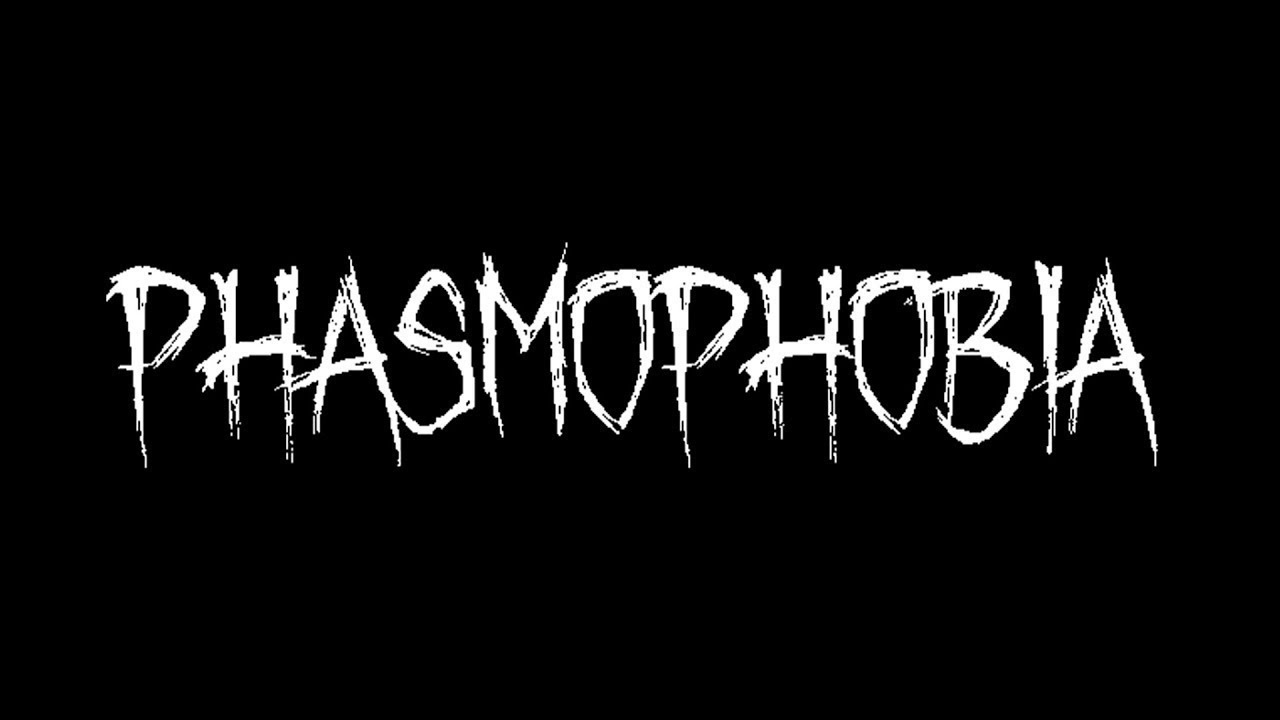
The game uses voice chat to influence the behavior of the ghost—certain words or loud talking can start a hunt or get a response from the spirit box. Instead of on-screen messages, the game communicates how your investigation is going through the sounds of your equipment like EMF readers, motion sensors, and the DOTS projector. You’ll know the room temperature and if the power is on by listening to the heating/cooling system and appliances. Kinetic Games created and released the game, focusing on sound cues to help players work together.
‘Visage’ (2020)
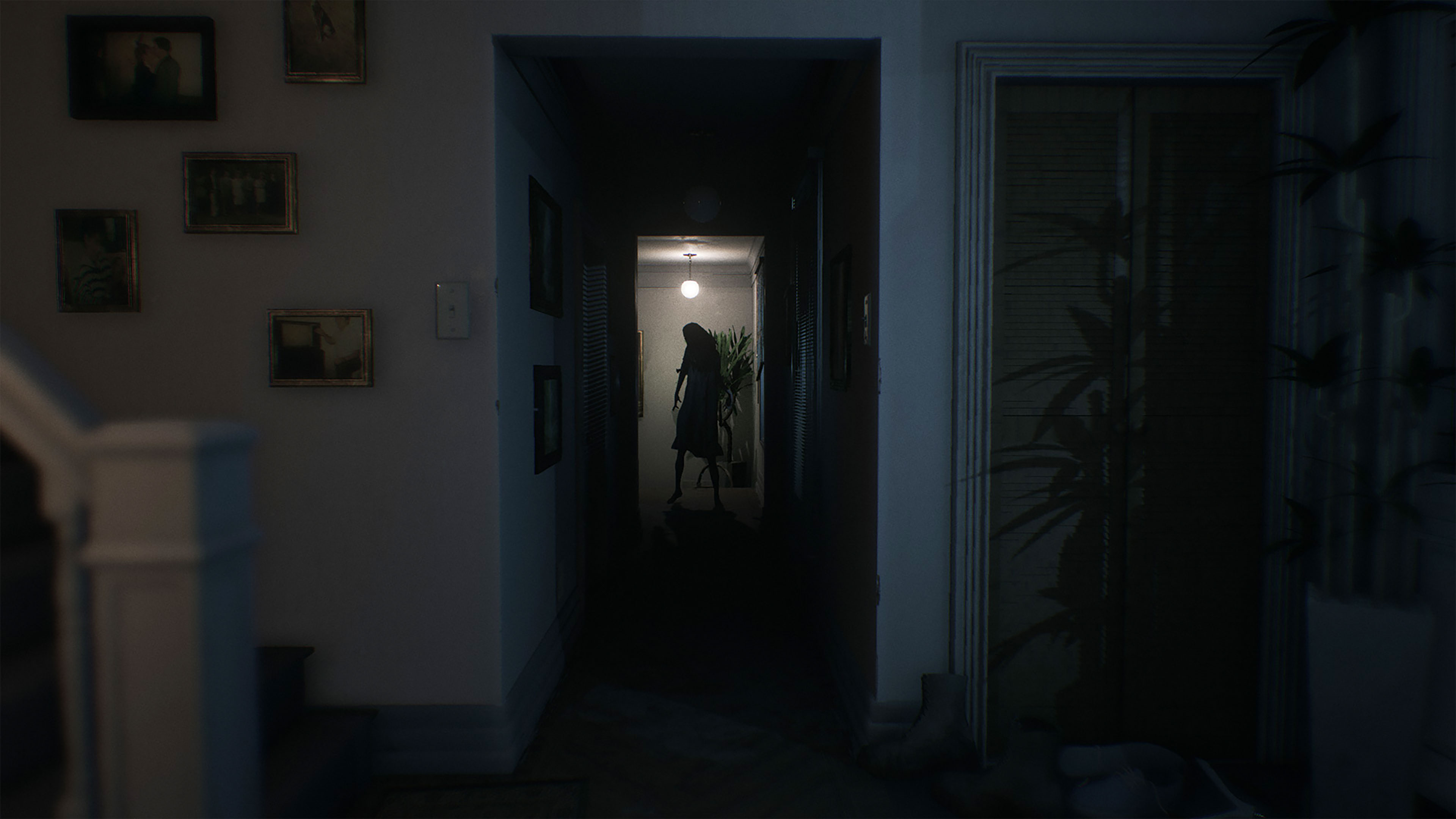
As a player’s mental state deteriorates in the game, ordinary sounds like lightbulbs and ticking clocks become more intense, acting as a way to show how close they are to losing control. Sounds of the house – doors closing and pipes knocking – help players understand the environment and guide them toward key events. Brief silences clearly signal changes in the game, whether it’s moving to a scripted scene or allowing the player to explore freely. SadSquare Studio both created and released the game, carefully using audio to control the player’s experience and guide their journey.
‘Condemned: Criminal Origins’ (2005)

As a fan, I’m really impressed with how the sound design pulls you into the game’s world. You can feel the emptiness of these abandoned places with all the echoing metal and footsteps, and it actually helps you prepare for fights. The enemy sounds are amazing too – you can tell where they are even in close quarters, just from their taunts and breathing. Even the forensic tools have these cool, subtle sounds that let you know you’ve found something without a bunch of on-screen text. It’s clear Monolith put a ton of work into the environmental sounds, and Sega really supported that vision. It all adds up to a super immersive experience!
‘Eternal Darkness: Sanity’s Requiem’ (2002)
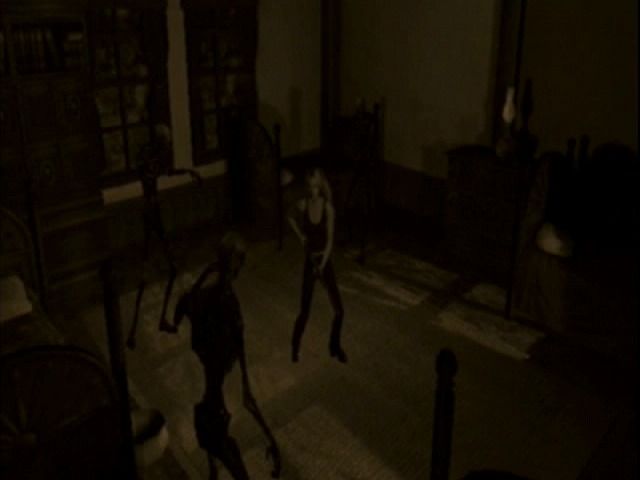
The game uses clever sound effects to mess with what players expect. For example, you might hear fake sounds like menu clicks or footsteps that aren’t really there, or voices that don’t quite match what’s happening. Players can also use sound – like recognizing a spell’s chant – to figure out the right combinations of magical runes. The game’s sound changes depending on where you are; stone rooms sound different than open areas thanks to realistic reverb. Silicon Knights created the game and Nintendo published it, building these audio tricks right into the way the game works.
‘Darkwood’ (2017)
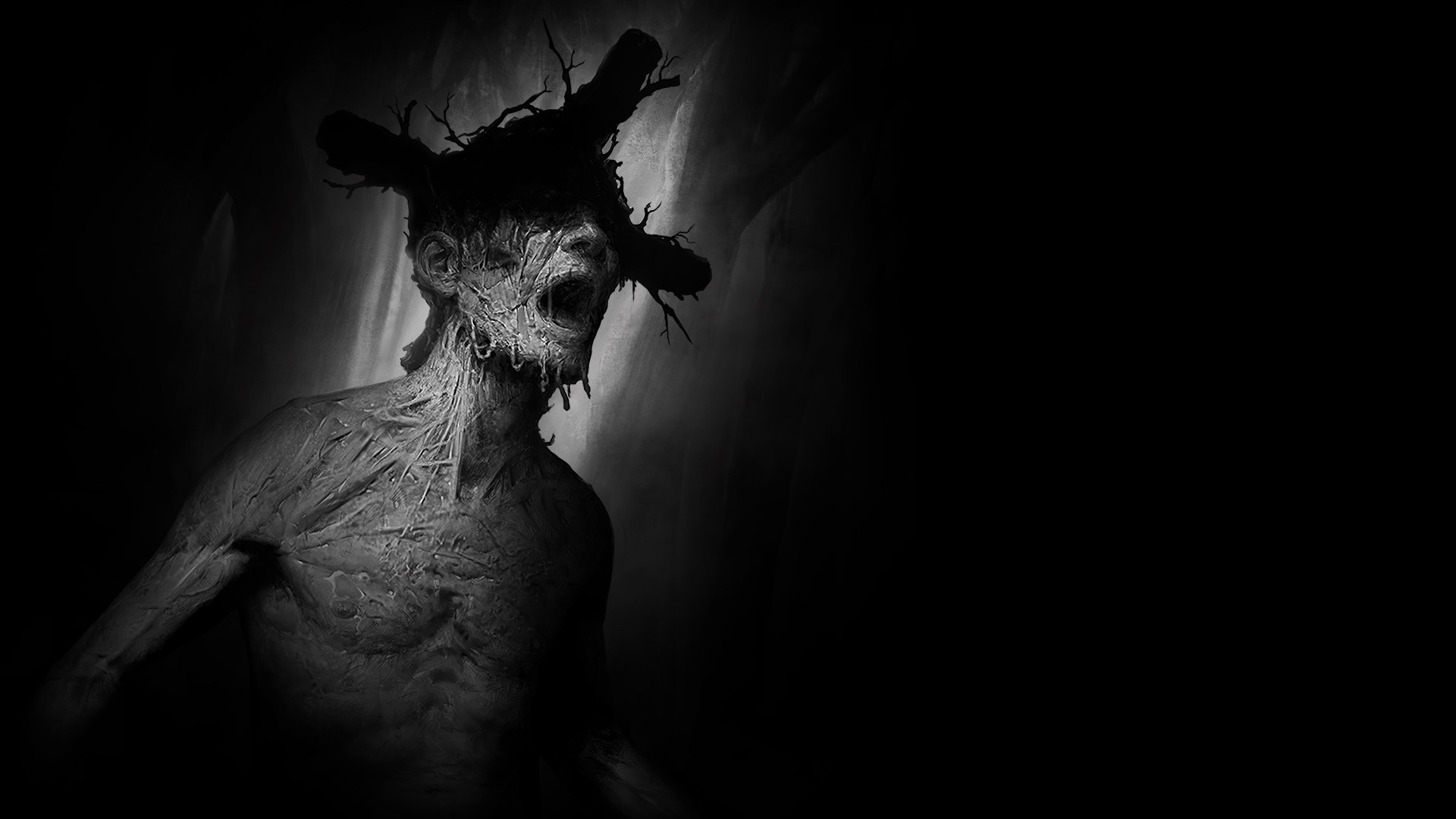
Because visibility is limited, players rely on sounds like rustling leaves, breaking twigs, and creaking doors to track what’s happening outside their safehouse. The generator’s sound helps players understand how far they can safely venture at night, even through walls. Traps also make distinct noises—like breaking glass or a snapping bear trap—allowing players to know if they’ve been triggered without seeing anything. The game, developed and published by Acid Wizard Studio, is designed around this focus on using sound to understand your surroundings.
‘The Last of Us’ (2013)
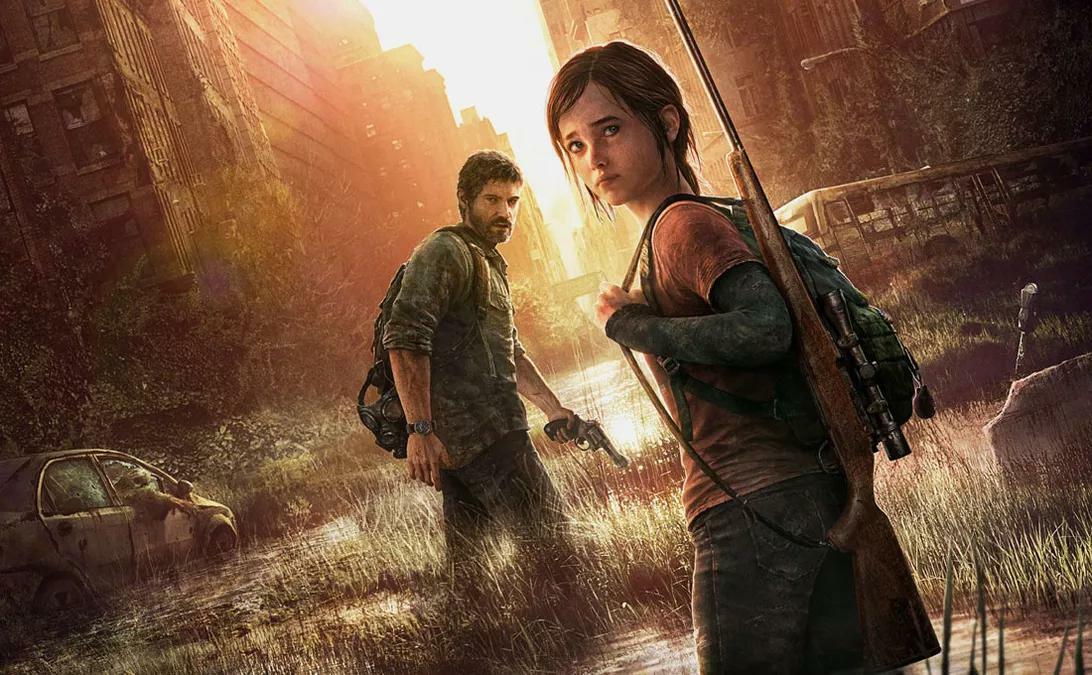
Clickers find their way around using sound, making a unique clicking noise that warns players about danger and where they’re moving. The sounds of making items and using weapons are also noticeable, so players can use loud noises in the environment to mask their actions. The game has accessibility features like a mode that makes sounds clearer and uses spatial audio to help players navigate. Developed by Naughty Dog and published by Sony, the game relies heavily on detailed sound effects to make stealth gameplay easier to understand.
‘The Mortuary Assistant’ (2022)
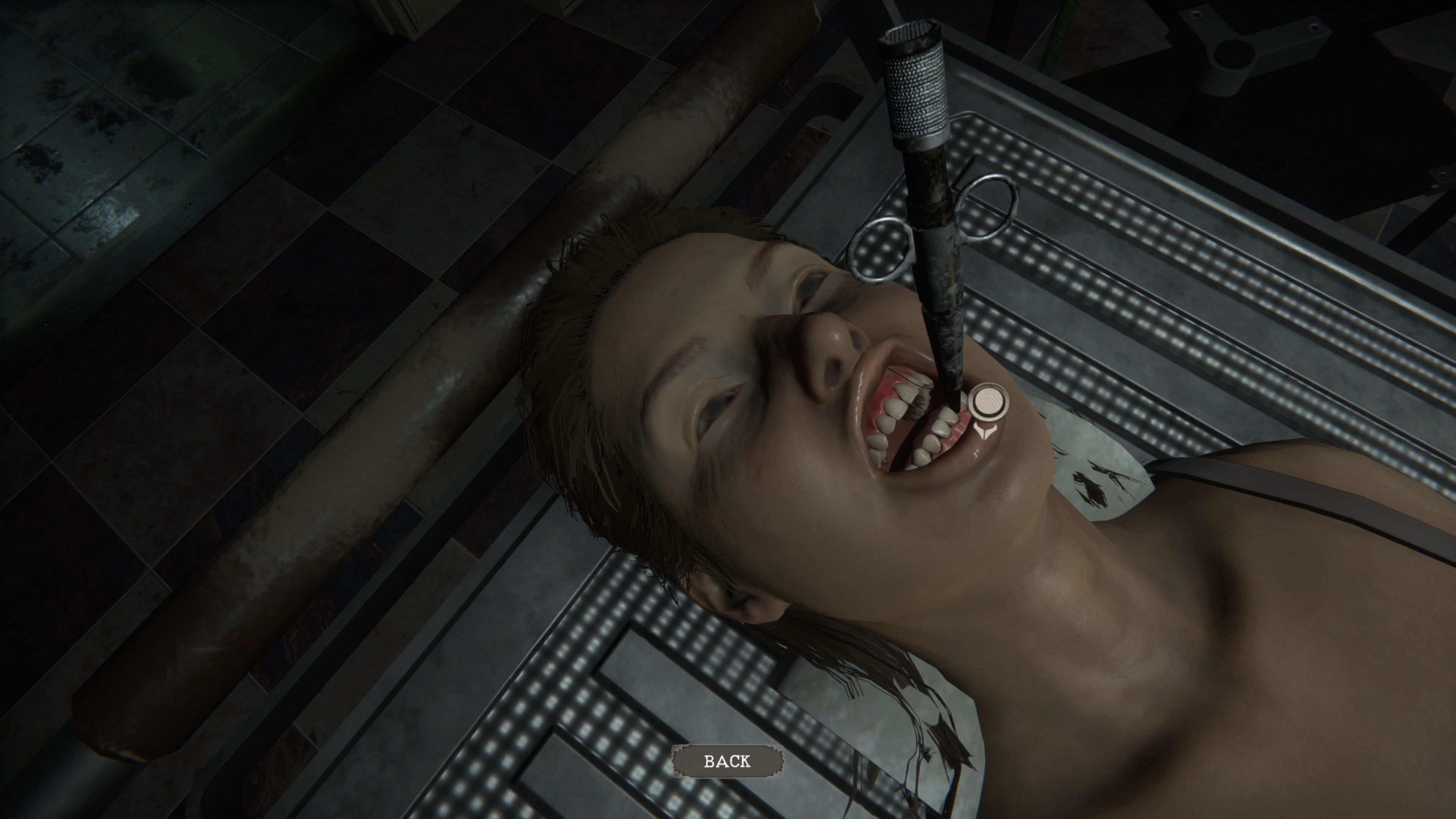
The game uses sound to guide players. Everyday actions—like opening drawers or pouring liquids—each have distinct sounds, and changes to these sounds indicate something important is happening. Supernatural events also affect these sounds, creating noticeable differences that move the story forward. Players can also get clues from voice recordings and phone calls that relate to the sounds they hear in the game environment. DarkStone Digital created the game, and DreadXP is the publisher, focusing gameplay on carefully listening while performing ordinary tasks.
‘Little Nightmares’ (2017)
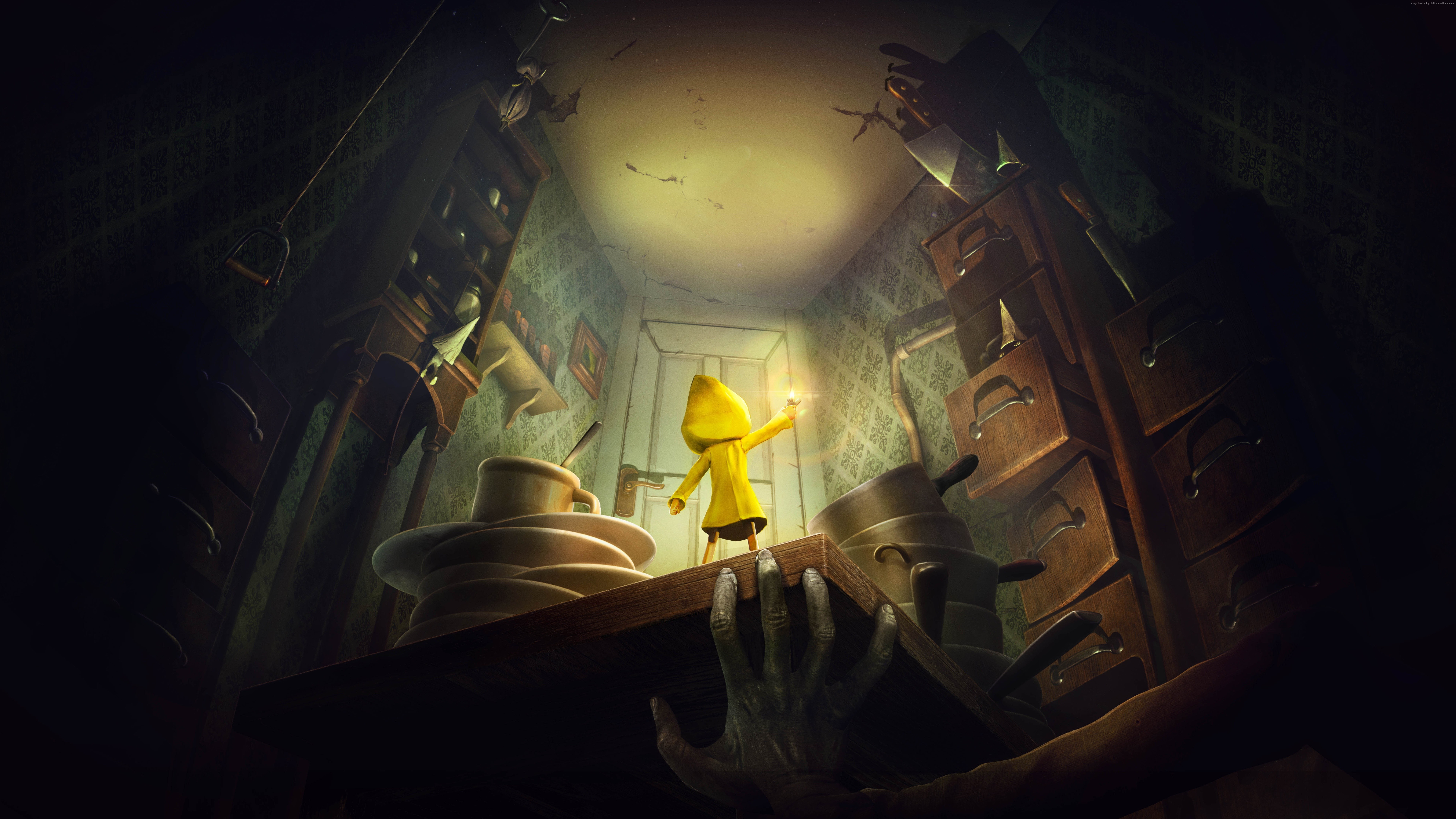
Large environments make it easier to hear important sounds like leaks, swinging chains, and air vents, giving players a warning before they encounter dangers. Enemies reveal their actions through distinct sounds – like scissors cutting or pans banging – allowing players to plan their movements by listening. The ship itself creaks and groans differently depending on the area, gently guiding players to key locations and puzzle areas. The game was carefully crafted by Tarsier Studios and published by Bandai Namco Entertainment, paying special attention to the realistic sounds of even the smallest objects.
‘Alan Wake 2’ (2023)

As a player, what really stood out to me in this game was the audio design. It wasn’t just about hearing things, it was about feeling like the worlds were shifting around you. They used layered voices and these ambient sounds to hint when different realities were bleeding into each other. Even in dark fights, I could always clearly hear things like weapon reloads because the sound team made those sounds stand out. Plus, finding hidden audio logs and radio broadcasts wasn’t just about the story they told, but where you heard them coming from – it gave you clues about where to explore next. Remedy Entertainment built this whole experience, and Epic Games published it, really focusing on using sound to guide you through the story and help you discover everything the game had to offer.
Share the audio-driven games you’d add to this list in the comments!
Read More
- Bitcoin’s Ballet: Will the Bull Pirouette or Stumble? 💃🐂
- Can the Stock Market Defy Logic and Achieve a Third Consecutive 20% Gain?
- Dogecoin’s Big Yawn: Musk’s X Money Launch Leaves Market Unimpressed 🐕💸
- Deepfake Drama Alert: Crypto’s New Nemesis Is Your AI Twin! 🧠💸
- LINK’s Tumble: A Tale of Woe, Wraiths, and Wrapped Assets 🌉💸
- XRP’s Soul in Turmoil: A Frolic Through Doom & Gloom 😏📉
- STX PREDICTION. STX cryptocurrency
- SentinelOne’s Sisyphean Siege: A Study in Cybersecurity Hubris
- Unbelievable News: Brazil’s B3 Stock Exchange to Unveil a Stablecoin Next Year!
- Ethereum’s DeFi Domination: Why Rivals Are Feeling the Squeeze 🤑
2025-11-13 06:21